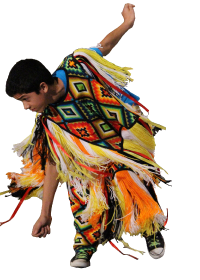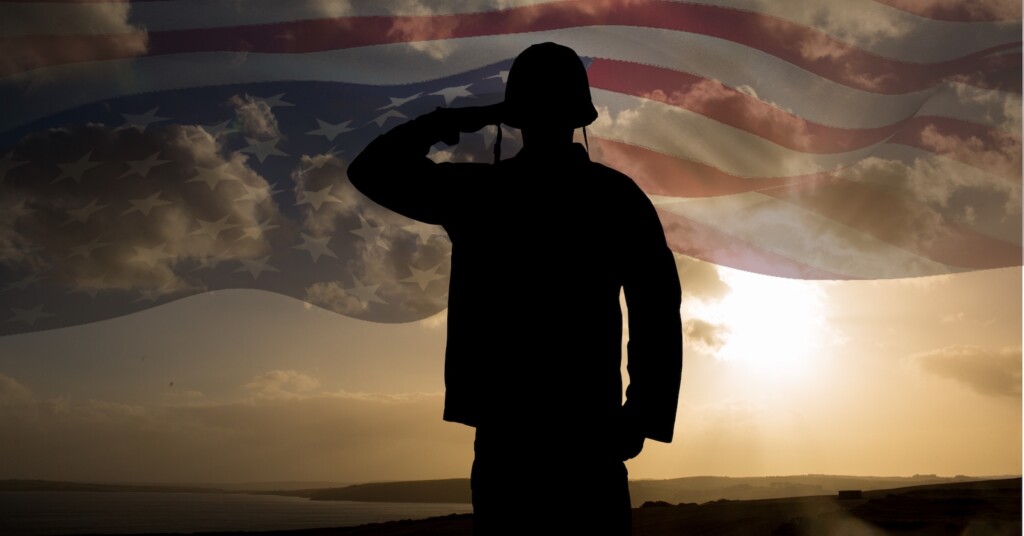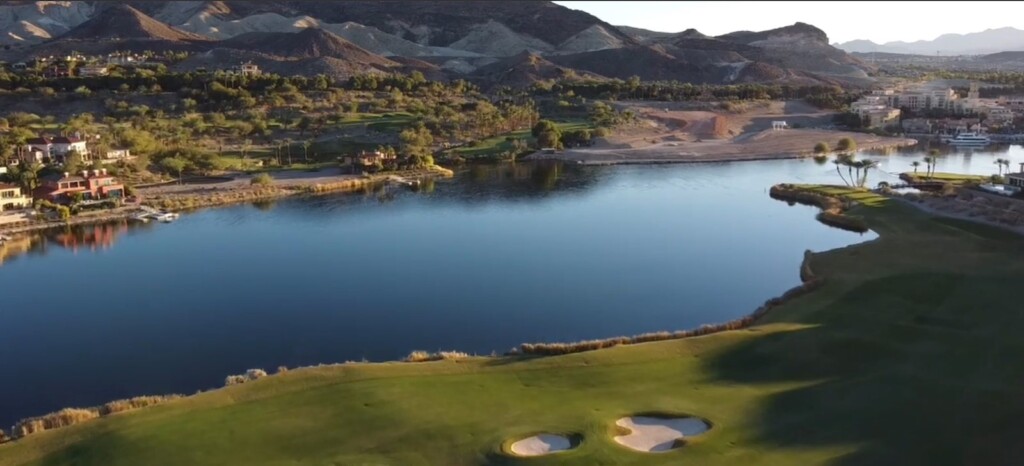Bright colored ribbon shirts, eagle feathers, dancers spinning, drummers chanting. This is what the audience sees, but…
“There’s another dimension to what we call dance,” said Navajo Cal Nez, president and founder of the Native American Celebration in the Park. “It’s really a form of spirituality among the Native American people. We want to educate, share, preserve, enhance and empower everyone to the Native American culture.”
The art of dancing is learned from elders and shared at pow wows. These days pow wows are inter-tribal, with many tribes participating together.
“We have many methods and means that go from tribe to tribe. Not all songs, drums and dances are the same,” Nez explained.

A Grand Entry always kicks it off, with participants entering the dance area and forming a circle.
On Pioneer Day, Utahns come together for the Native American Celebration in Liberty Park. There is a drum contest, the Men’s Fancy Feather, and Grass and Traditional dances, with adult, teen and junior categories. The women’s categories include Fancy Shawl, Jingle and Traditional, also with age categories. There is a Golden Age category for over-65 participants and a Tiny Tots division for the young dancers.
Different dances showcase different styles. The Grass dance traditionally started the pow wow. Dancers would trample grass to flatten it for the remaining dances. It is no longer the first dance, as most arenas have mowed grass or hard flooring, but now Grass dancers are judged on their ability to mimic flattening the grass. The Fancy Feather and Shawl dances are fast, showing highly intense movement, flashes of color and outfits adorned with eagle feathers.
The Women’s Jingle dance is so named for the outfits worn and the sounds made. Dresses decorated with bell-shaped metal jingle when moved in time to a drum beat.
“The Traditional dance is a slower, more spiritual dance,” Nez said. It’s a somber and much more focused dance centering on technique.
Raised by his grandparents in his native New Mexico, Navajo was Nez’s first language. He moved to Utah to attend school through the Indian Placement Program, where he lived with a foster family during the school year and then went home during summers.
He helped start the Native American Celebration in the Park to keep Native American culture alive. The philosophy has always been to educate Utahns about Native American culture.
“We’re about the future and enhancing our culture,” Nez said. “It’s about tribal pride and passing that on to the next generation, keeping the drums and songs alive. I don’t know what’s more important than that, and having a unified people. I’m so honored and proud to be Native.”





